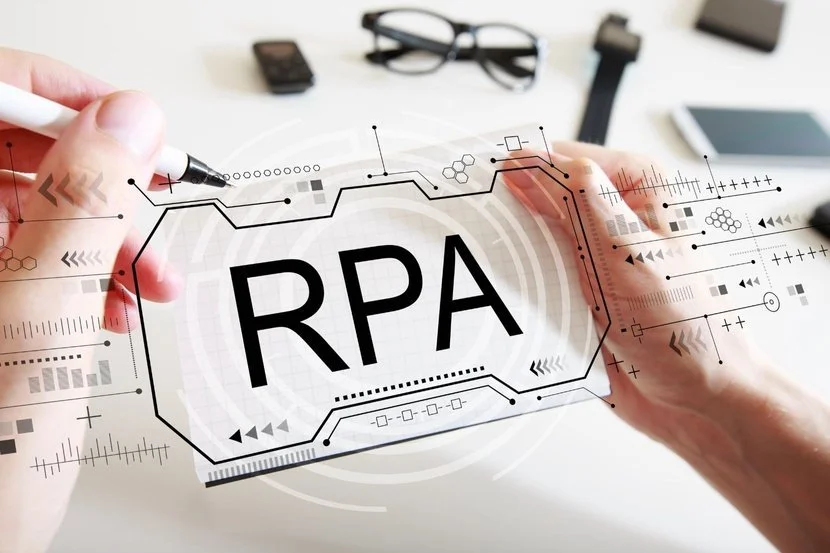Create RPA Processes in 2 Hours
Create RPA Processes in 2 Hours
Robotic process automation (RPA) is a software technology that makes it easy to build, deploy, and manage software robots that emulate humans actions interacting with digital systems and software. In this microlearning course, you will learn how to create simple RPA processes which you can use for work purposes.
Subscribe now from US$8.33/month and get access to the GnowbeLearn General Library.
Includes:
Intermediate Level
12 Microlearning Sessions
149 min. of Experiential Content
72 Learning Actions
Group Discussions & Sharing
Offline Access
Lifetime Access via Mobile and Web
Digital Certificate shareable on LinkedIn
Session Overview
Before We Begin
History of Desktop Automation
Why RPA?
Introduction to RPA
Why UiPath?
UiPath User Interface
Demonstration of WhatsApp Automation
Creating Your First RPA Process
Creating a Website Automation
Demonstration of API Automation
Resources at a Glance
Survey & Certificate
What is this 'Microlearning Course' about?
This course will provide you with an introduction to Robotic Process Automation (RPA) and guide you on how to create simple RPA processes which you can use for work purposes.
Who is this microlearning course designed for?
This microlearning course is tailored for beginners who have little or no experience in RPA.
What will you take away?
In this program, you will learn the following:
Explain what is RPA
List the benefits and limitations of RPA
Name the types of processes suitable for RPA and the main usage of RPA
Describe what are the platforms for UiPath and the robots types
Explain what is the main interface area in the UiPath interface
Create simple automation robots in UiPath Studio

Beyond their core business of conducting full-time courses for students, Temasek Polytechnic is also committed to the practical re-skilling and professional development of adult learners. They believe in helping individuals and organisations equip themselves with the necessary skills to meet the challenges of a dynamic economy.






